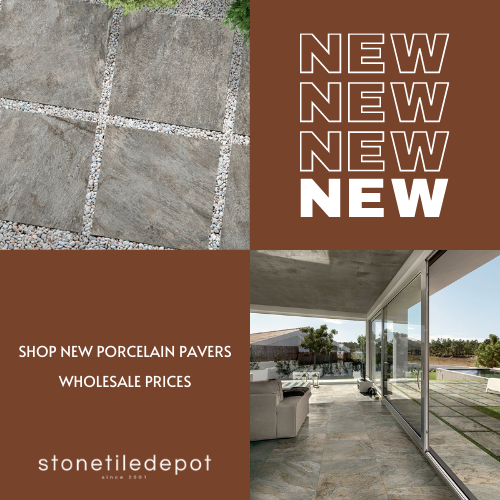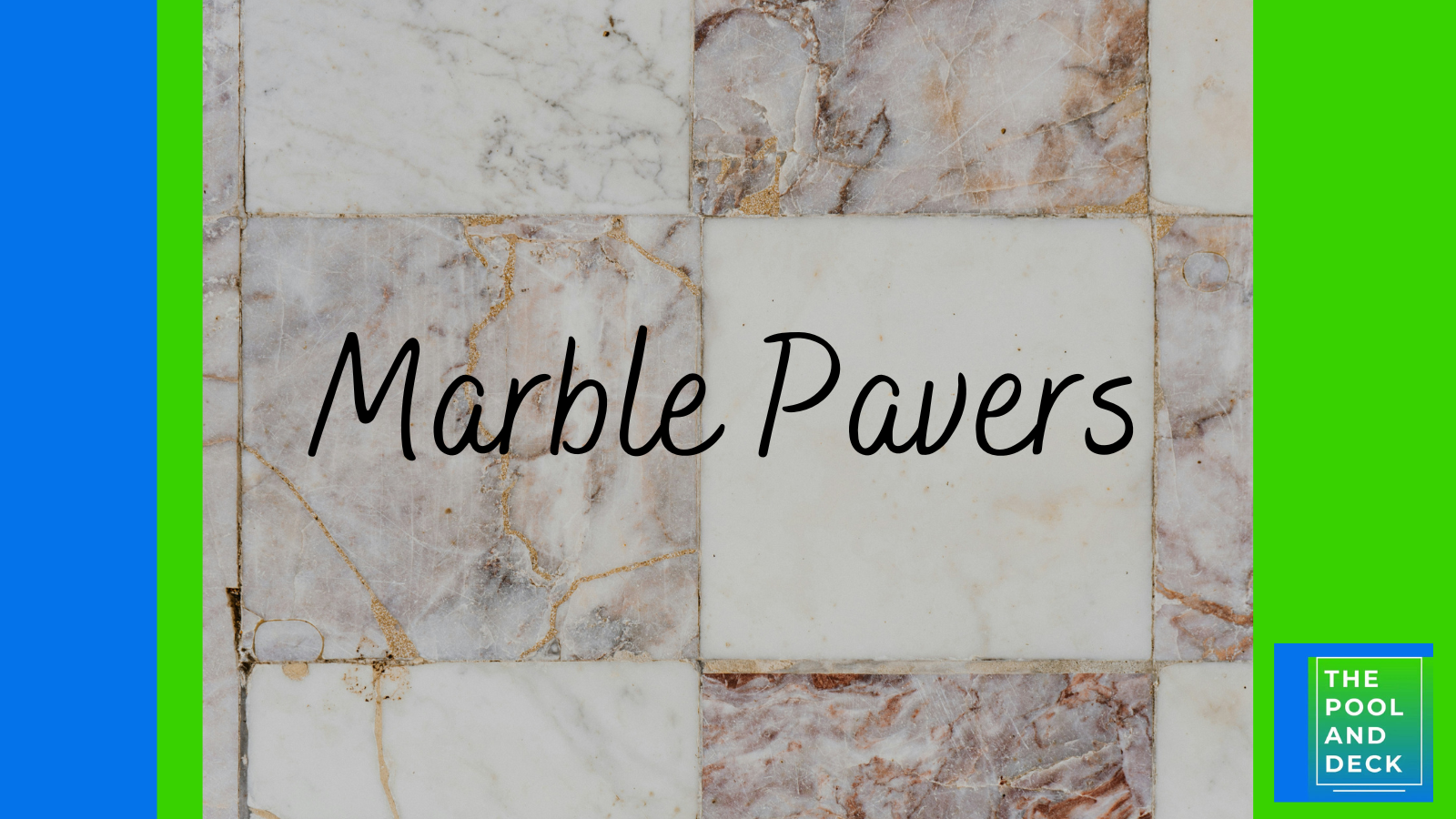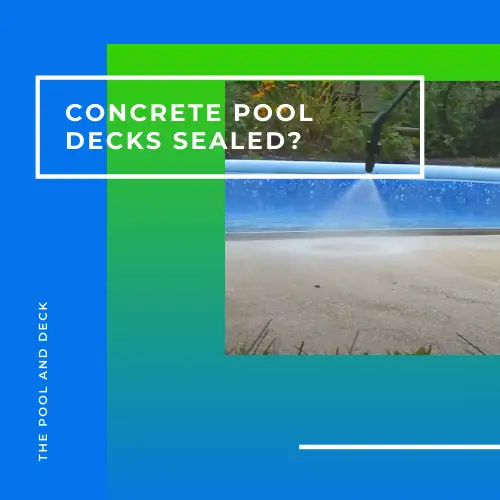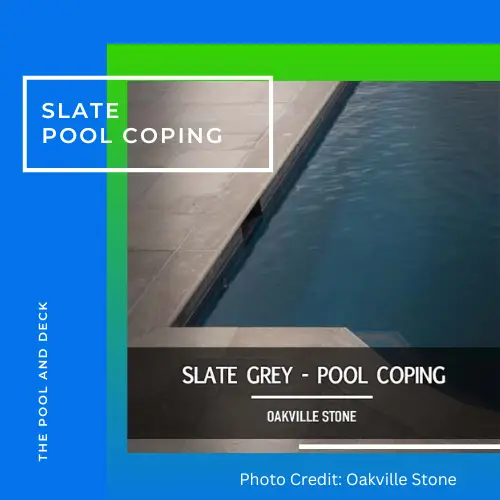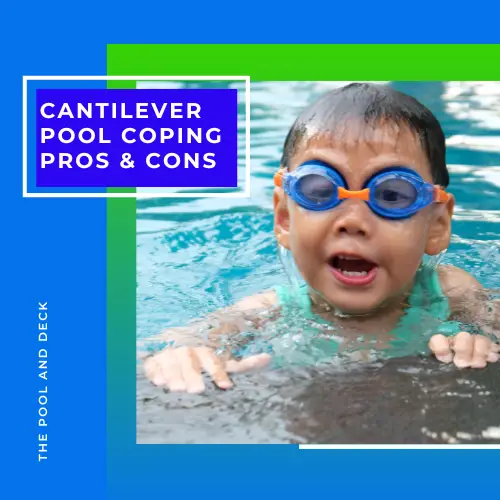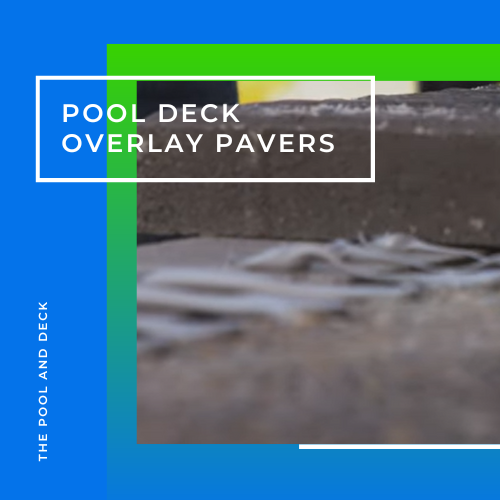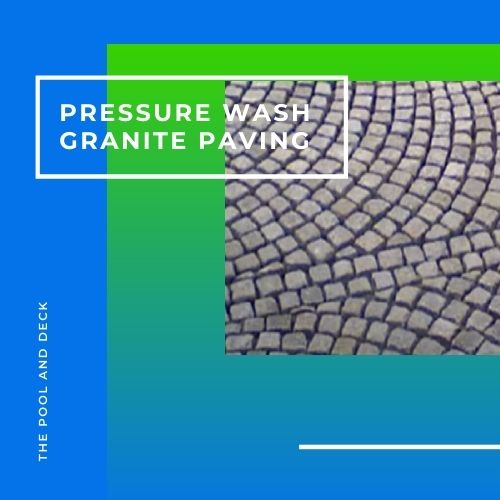Is Granite Good For Pool Coping? (Facts You Need To Know!)
As an Amazon Associate, I earn from qualifying purchases.
Table of Contents
Is Granite Good for Pool Coping?
An in-ground pool in your backyard will let you spend a lot of quality time with your family and friends. The design & pavers on the pool deck are as important as the pool itself. You want your deck to be both beautiful & safe. So, is granite good for pool coping?
Granite Pool Coping will add a touch of natural luxury to any pool deck. Textured granite is slip resistant, even when wet, hard and durable. Granite offers a range of color choices to meet your design aspirations.
Most of the natural stones used in the building industry come from one of the following 3 types of rocks:
- Sedimentary rocks such as limestone, sandstone and travertine
- Metamorphic rocks such as marble, slate and quartzite
- Igneous rocks such as granite and basalt
An igneous rock, such as granite, was formed when hot molten magma within the earth’s crust cooled and solidified. It is mostly made of silica (quartz) and alumina. Igneous rocks are characterized by extreme hardness and low porosity.
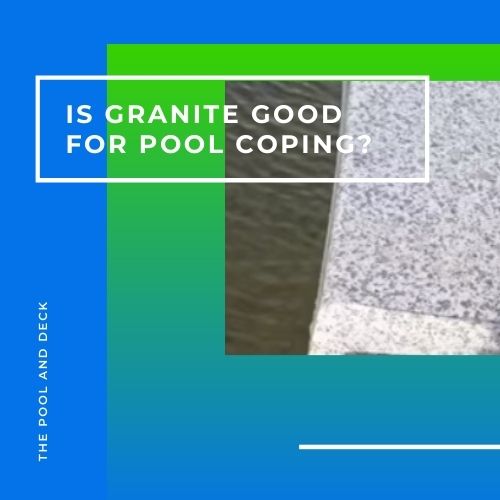
In this post I explain why a pool needs coping. You will get to know the different types of pool coping, the materials that can be used and how granite scores on a six important parameters. So read on.
Why Do Pools Need Coping?
It is not essential to have pool coping. Some pools, such as infinity pools, do not have pool coping. But a vast majority of residential pools do have coping.
Coping is the horizontal cap on the vertical pool shell wall. Coping can be concrete, cast on site or precast. It can also be made from slabs or tiles of natural stone such as granite or travertine.
Coping is the pool frame and separates the pool structure from the pool deck. It also protects the top edge of the pool shell. Pool coping sits on the pool shell’s bond beam.
Pool coping serves six important functions:
- De-link the pool deck from the pool structure
- Protect the pool bond beam from water ingress
- Direct water splashing to pool drains
- Helpful grip for swimmers
- Non-slip walking surface around the pool
- Add a visual transition from water to deck
Textured granite pool coping is particularly useful in providing a non-slip, visual perimeter to the pool.
A textured granite pool coping provides grip and is not slippery, making it easy for swimmers to jump off and climb back. Even kids running and playing on a textured granite pool coping are quite safe.
What Are the Different Types of Pool Coping?
There are 3 basic types of pool coping styles you could choose from. Each has its pros & cons.
1. Drop Edge:
In the Drop Edge type pool coping the stone paver is L-shaped. The vertical edge is short and drops towards the pool. The corner is sharp.
Drop Edge style gives a very modern look to a rectangular pool.
2. Cantilevered:
In the Cantilevered type pool coping the edge overhangs on the pool and has a slightly curved corner. Cantilevered pool coping allows the deck surface to blend seamlessly with the pool’s edge.
Cantilevered style is safer, as straight edges of Drop Edge style are sharp and can result in cuts & bruises.
3. Bullnose:
The Bullnose pool coping forms a rounded edge at the lip of the coping. The profile of a half bullnose is a quarter circle on top while the profile of a full bullnose would be a semi-circle. Bullnose pool copings are very helpful when swimmers want to grip the edge and pull themselves out of the pool.
Bullnose style is perfect for natural stone pavers like granite. A black granite pool coping with a bullnose edge looks great on kidney shaped or curved pool perimeters.
What Can Be Used for Pool Coping?
Any material that is suitable as pool decking would, generally speaking, be suitable for pool coping. However, pool coping materials need to be carefully chosen to meet following requirements:
- Low water permeability to protect the pool structure
- High comfort & safety levels to accommodate higher foot traffic
Four pool coping materials are commonly used:
Concrete
Concrete, poured in situ, or concrete pavers work wonderfully if your pool deck is made from a concrete slab on grade. This by far is the most economical option. However, you do not need to sacrifice style or functionality.
Brushed concrete pool coping complements a stamped concrete pool deck perfectly. The brushed concrete coping will be slip resistant while the stamped concrete deck can have a unique personalized look.
Natural Stone
Travertine, Limestone and Granite are some of the several natural stone pavers you could choose from. Travertine is by far the most popular. Travertine is not slippery, even when wet, does not get hot in the sun and is not too expensive.
Granite is the pool coping of choice, if a luxurious look is more important to you. Though not cheap, granite is durable, hard and non-slip.
Brick
Brick pavers are useful as pool coping material as they can withstand chlorinated water. They are not only cheap but also easy to replace. However, bricks are quite porous and not very durable.
Wood Composites
Wood composites are excellent as they are engineered products. Composites can incorporate all the properties required by pool coping, such as slip resistance, not getting hot in the sun, and being impervious to water & pool chemicals.
They are very affordable but do lack the touch of class. Your pool will be just another “cookie cutter” pool.
Conclusion: How Granite Scores
I judge the suitability of a natural stone for pool coping on 6 parameters. The stone is given a score on a 5 point scale on each parameter and an average taken.
The average score for granite pool coping is 3.17. It ranks lower than travertine but higher than limestone and marble.
See Table and explanations below:
| Property | Score |
| Low Porosity | 4 |
| Slip Resistance | 2 |
| Gets Less Hot | 2 |
| Hardness | 5 |
| Looks | 4 |
| Affordability | 2 |
| AVERAGE | 3.17 |
A granite coping gets the same score as a limestone coping. Both, granite & limestone are superior to marble when it comes to suitability for pool coping.
Low Porosity
Granite, being an igneous rock, is less porous than marble, a metamorphic rock.Travertine and Limestone are a lot more porous as they are sedimentary rocks.
Low porosity is desired because pool water along with pool chemicals will not penetrate the pool coping. The pool coping life will not be shortened.
Low porosity also ensures water does not seep in and damage the pool bond beam by water ingress.
Slip Resistance
The slip resistance of a pool coping, when wet, is influenced by both porosity and texture. High porosity reduces slips caused by “hydroplaning”. High texture profile increases the grip and traction.
Granite does not get the benefit of porosity but can provide good traction if it has a sandblasted, flamed or tumbled finish.
Gets Less Hot
The specific heat capacity of some common natural stones used for pool coping is given in the table below:
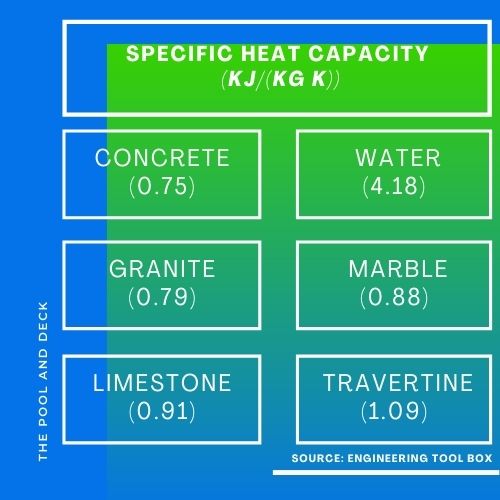
Data Source: Engineering Tool Box
Concrete & Water Specific Heat Capacity is mentioned so that you can put the paving materials in perspective.
Granite does get somewhat hot when exposed to sunlight, though not as much as Marble. Travertine gets the least hot, followed by Limestone.
The “specific heat capacity” of marble is higher than granite but much lower than limestone and travertine. Generally speaking, lower the Specific Heat Capacity of a material, higher will be the rise in temperature, under the same sunlight conditions.
Hardness
Granite has a hardness of 6-7 on Mohs scale. The hardness of marble. limestone and travertine are in the 3-4 range. (Source: Rocks.CompareNature )
Looks
Beauty lies in the eyes of the beholder, they say. In my opinion, while granite has a classic timeless look, marble gets extra points for its translucence. Both are certainly more luxurious looking than travertine or limestone.
Affordability
Marble is the most expensive pool coping you can buy. The price is purely a reflection of the beauty of marble. Granite is a bit cheaper than marble but a lot more expensive than limestone. Travertine is the most affordable pool coping.
Thank you very much for reading the post. I do hope you found it informative and helpful.

